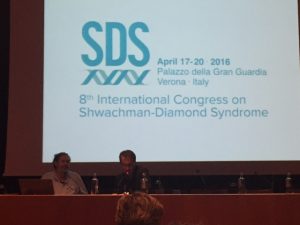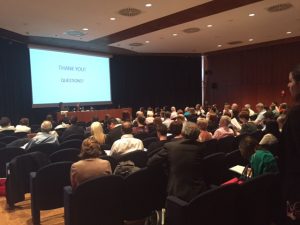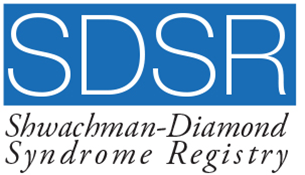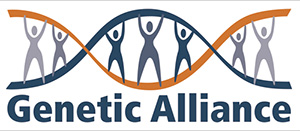8th International Congress–Pictures and Presentation Abstracts
8th International Congress on Shwachman-Diamond Syndrome, Verona, Italy:






Selected Hematology Abstracts of Interest to Patients and Families – Johnson M. Liu, MD
Johnson M. Liu
Patients with SDS demonstrate varying degrees of bone marrow failure, including isolated neutropenia, mild to moderate thrombocytopenia, anemia, and/or pancytopenia. Neutropenia is the most common hematologic finding, whereas anemia and thrombocytopenia are reported less frequently. The mechanism of bone marrow failure in SDS is poorly understood. Hematologic complications include aplastic anemia, clonal hematopoiesis, myelodysplastic syndrome (MDS), and acute myeloid leukemia (AML). MDS is a clonal stem cell disorder characterized by ineffective hematopoiesis, cytopenias, morphologic dysplasia, and a tendency for leukemic transformation. MDS is usually uncommon in children and young adults, often arising secondary to inherited predisposition or to acquired bone marrow failure, and may have a different genetic basis from adult MDS.
Francesco Pasquali
The most frequent cytogenetic abnormalities seen in SDS are: isochromosome for long arms of chromosome 7, i(7)(q10); and interstitial deletions of long arms of chromosome 20, del(20)(q). These two abnormalities do not (by themselves) give origin to MDS or AML. However, additional independent clones can occur in combination with i(7)(q10) or del(20)(q), which may give rise to MDS or AML.
Simone Cesaro
Allogeneic HSC Transplant (HSCT) was reviewed in 53 SDS patients (25 males, 28 females) with a median age at HSCT of 7.8 years old. Grade II to IV graft versus host disease (GVHD) was seen in 23% of cases, and extensive chronic GVHD in 6%. The overall survival at 1 year and 5 years post-HSCT was 80% and 77%, respectively. During the follow up time period, 13 deaths were reported. Thus, HSCT represents a valid option for certain SDS patients.
Marc Raaijmakers
The defect in blood formation in SDS may be due to either intrinsic abnormalities of the hematopoietic stem cell or extrinsic abnormalities in the stromal cells of the bone marrow microenvironment, which influence the growth and differentiation of the hematopoietic stem cells.













